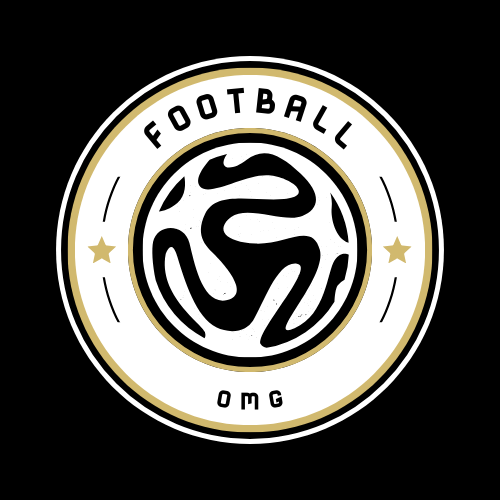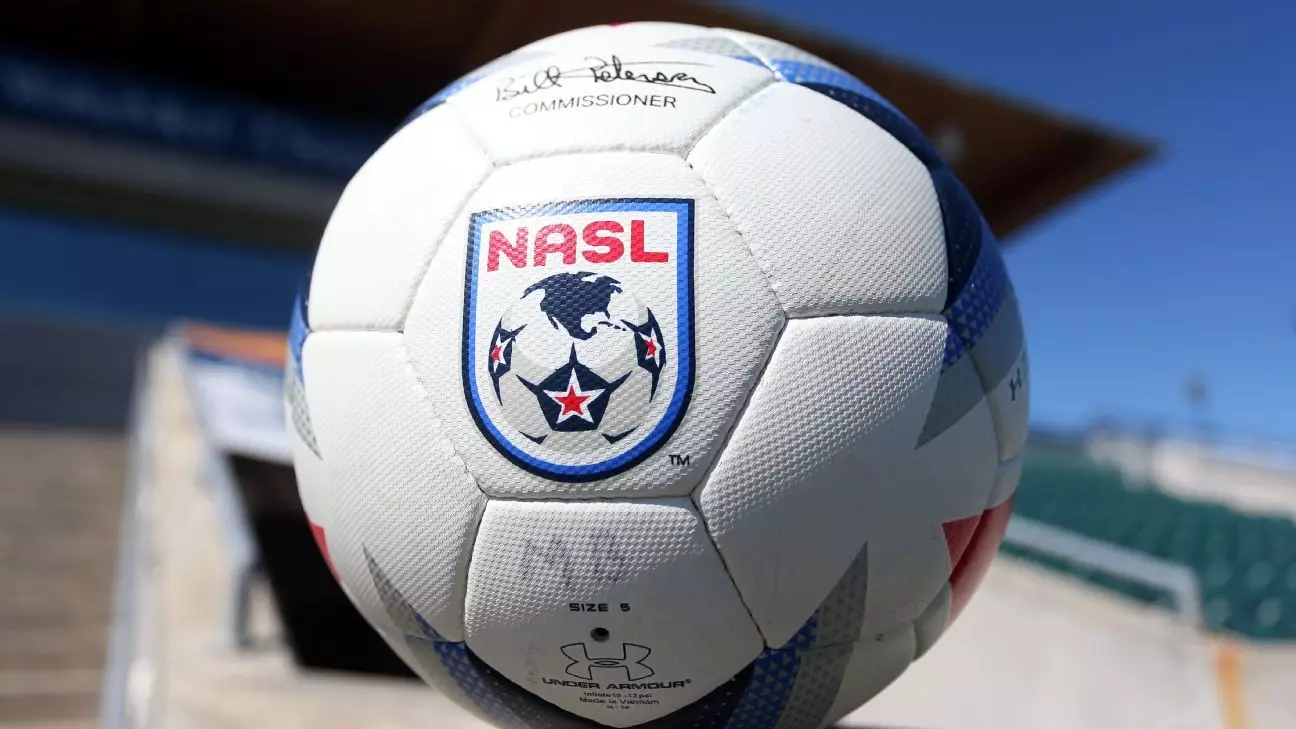The recent verdict delivered by a federal jury in favor of the U.S. Soccer Federation (USSF) and Major League Soccer (MLS) has significant implications for the structure and future of professional soccer in the United States. This outcome marks a crucial chapter in a lengthy saga that began in 2017, when the NASL (North American Soccer League) faced a setback after its application for Division 2 status was denied. The intricate details surrounding this case reveal not only the tensions inherent in American soccer’s hierarchy but also the fundamental challenges faced by alternative leagues trying to establish their place in a competitive market dominated by MLS.
The NASL’s legal battle began shortly after the USSF denied its request for classification as a Division 2 league, a decision rooted in concerns about the league’s sustainability, notably its inability to guarantee a minimum of eight teams for the upcoming season. Drawing on these circumstances, the NASL commenced litigation, initially seeking a staggering $500 million in damages—a figure that was later reduced to $375 million by the presiding judge, Hector Gonzalez. This drastic financial request signified the depth of the NASL’s grievances, which it articulated as a claim of anticompetitive practices influencing its growth and viability.
Fundamental to the NASL’s argument was the assertion that the USSF “manipulated” its Professional League Standards (PLS) to create a framework that preferentially benefited MLS. They argued that such manipulations led to systemic barriers, restricting the opportunities for the NASL in favor of its rival. This key allegation highlighted the ongoing friction between a traditional entity like MLS, which has solidified its position since its inception, and other leagues striving for recognition and relevance but perceived as being stymied by the existing structure.
The three-week trial involved a parade of witnesses from across the soccer landscape, embedding high-profile figures from both the USSF and MLS, including former USSF president Sunil Gulati and MLS commissioner Don Garber. Their testimonies, along with those of others involved in the sport, underscored the complexities of soccer governance and the nuances of competition in a market shaped by both historical precedent and contemporary innovations in league structures.
The jury’s unanimous decision in favor of the USSF and MLS highlights a critical aspect of the legal narrative—namely, that the NASL failed to convincingly demonstrate a conspiracy among the governing bodies to suppress competition. The defense emphasized that individual failings within the NASL’s management structure, including the management partnerships that linked the league to entities with significant reputations for dubious dealings, contributed more to its decline than any alleged collusion between the USSF and MLS.
This verdict does not merely conclude a single case; it also serves as a precedent that shapes the future of soccer governance in the United States. The USSF framed its victory as a validation of its commitment to nurturing a diverse ecosystem of professional soccer leagues. It attests to the challenges faced by leagues operating in various tiers, emphasizing the need for sustainable practices and strong management structures to foster competition. Accordingly, it raises critical questions about the viability and roadmap for future leagues aiming to ascend through the tiers of American soccer.
Interestingly, the outcome suggests that as long as the competitive landscape allows for movement—where teams can shift between divisions based on performance and operational robustness—there is room for multiple leagues to coexist. This consideration mandates those leagues aspiring to make their mark to design robust strategies for team retention and attract fan engagement, thereby establishing their legitimacy in a crowded marketplace.
As the NASL prepares to appeal the verdict, it is clear that this case has ignited ongoing discussions around the fairness and efficacy of the structures that govern professional soccer leagues in the United States. The responses from both the USSF and MLS underscore a unified front, wherein both organizations advocate for the understanding that the ecosystem they have nurtured allows for healthy competition and player development while enhancing fan experiences.
Ultimately, the outcome of this trial and the subsequent appeal may very well rewrite aspects of how soccer is governed in North America, influencing potential regulatory adjustments or even sparking initiatives aimed at greater inclusivity and opportunity for emerging leagues. The interplay between competition and governance will remain a central theme as the sport continues to grow in popularity and complexity, compelling stakeholders to reevaluate their roles, responsibilities, and the overarching objectives of professional soccer in the United States.

